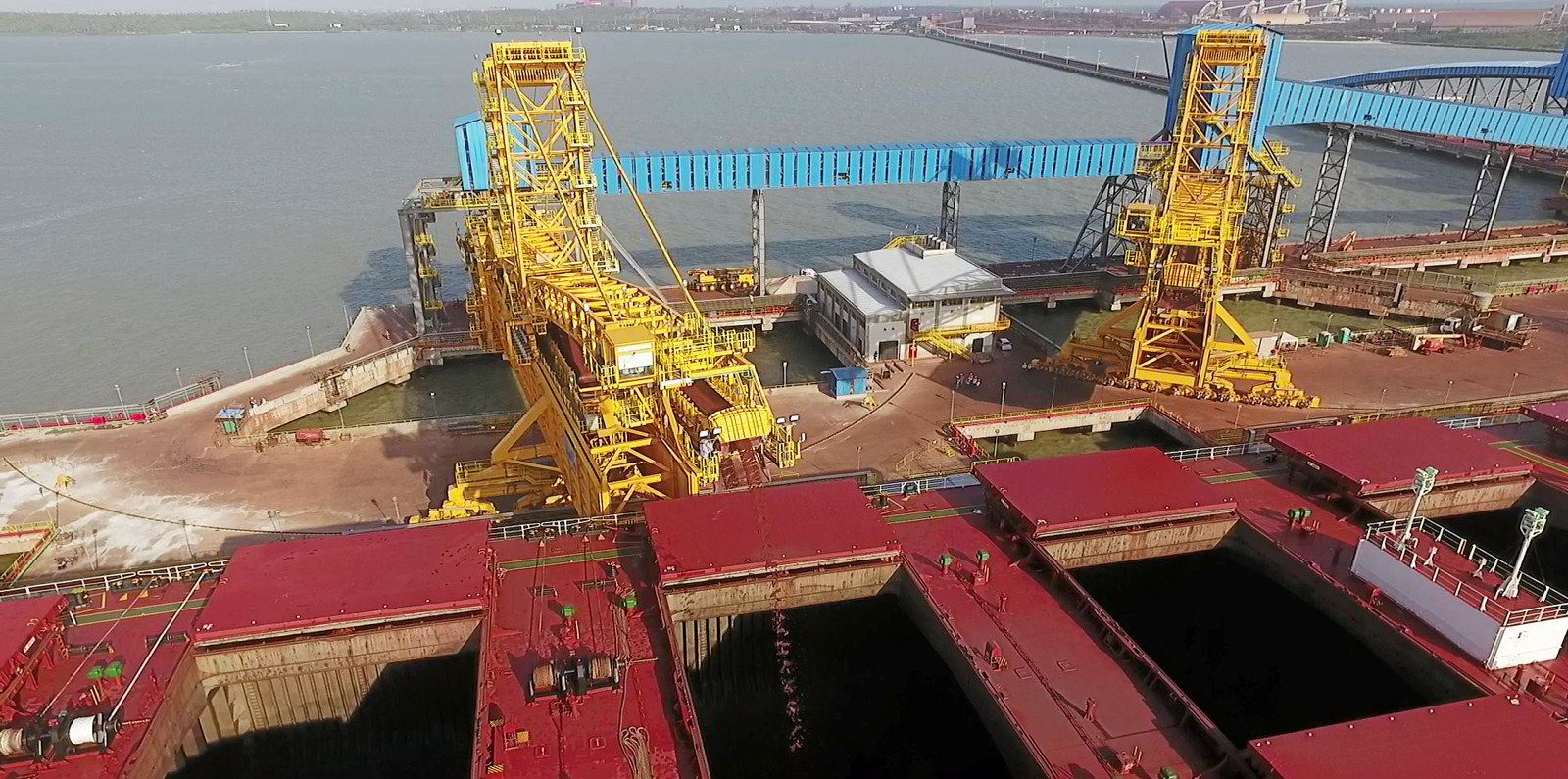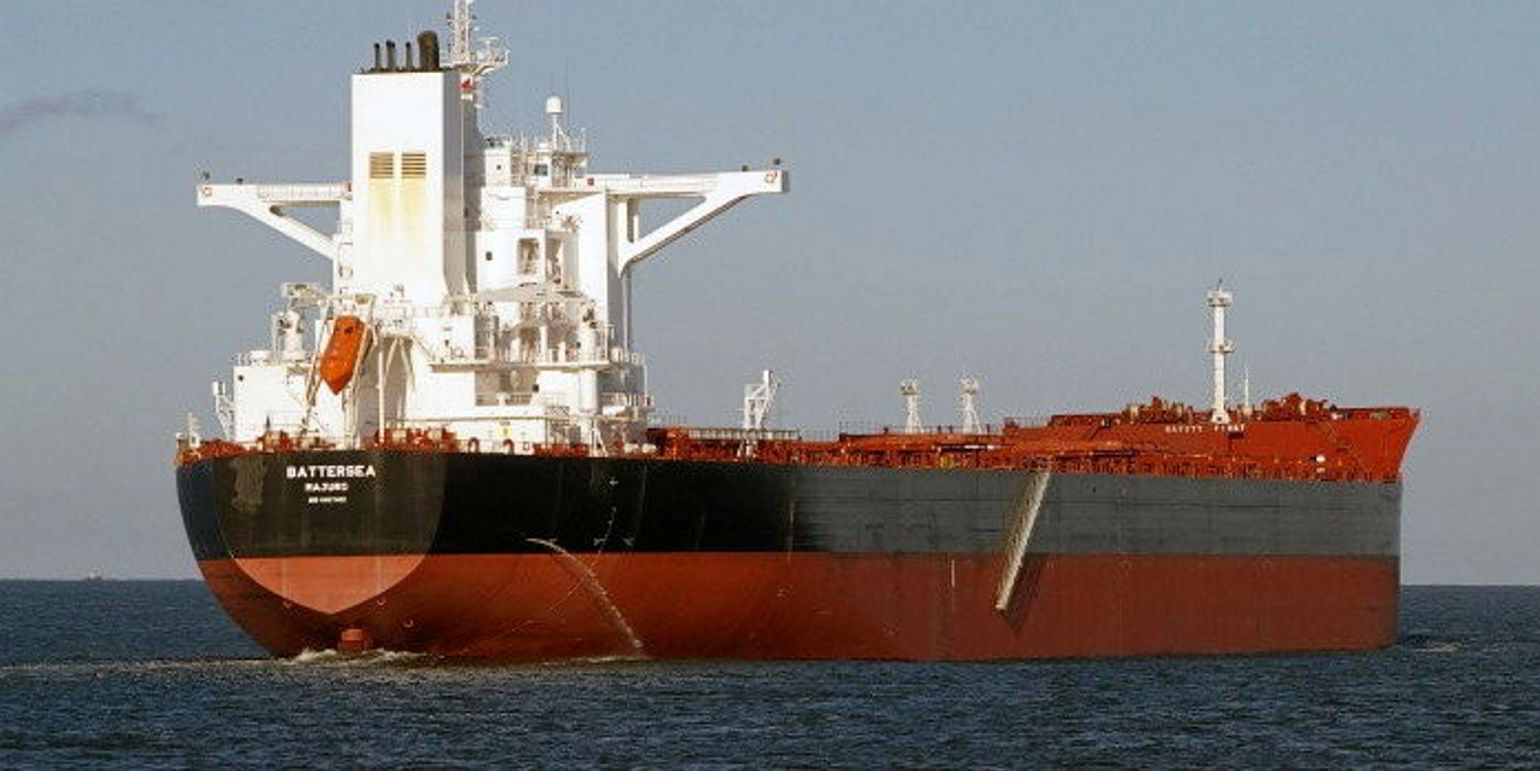The capesize bulker market ended the week at the highest level of the year, although prices for iron ore and Chinese steel have fallen steadily.
The Baltic Exchange’s capesize 5TC basket of spot rate averages across five key routes gained 17.3% since 21 April to nearly $19,100 per day on Friday, marking its highest point since exceeding $21,000 per day in late December.
The benchmark routes that send iron ore to China from Brazil and Australia registered the biggest gains in average spot rates over the week, despite the declines in prices for the commodity and for steel.
The average spot rate for the C14 round-trip voyage from Brazil to China rose 15.7% since 21 April to hit $18,800 per day on Friday, while the C10 round-trip voyage from Australia to China rose 21.6% to $18,014 per day.
Rio Tinto hired an unnamed capesize on Friday at $9 per tonne to ship 170,000 tonnes of iron ore from Dampier, north-west Australia, to Qingdao, China, after loading from 12 to 14 June.
That is slightly more than the $8.60 and $8.65 per tonne that the Australian miner paid a week ago to hire two unnamed capesizes to move 170,000 tonnes each of iron ore on the same route after loading from 6 to 9 May.
“The rise comes despite overall pressure on Chinese steel prices and iron ore,” Jefferies analyst Omar Nokta wrote in a note on Friday.
He said Chinese rebar prices fell 6.8% to $550 per tonne and iron ore prices slipped 3.3% to $116 per tonne over the past two weeks, yet Australia-to-China freight rates rose 20% to $9 per tonne.
“The spot market has been active in both the Atlantic and Pacific trades, which has supported charter rates,” he said.
“This is partly explained by the Labour Day holiday in China next week, with some fixture activity brought forward ahead of the holiday.”
Capesize futures gave mixed signals over the past seven days as to which way physical rates may be headed.
May contracts improved 12.8% since 21 April to $21,232 per day on Friday, while June contracts lost 3.5% to land at $22,386 per day.






